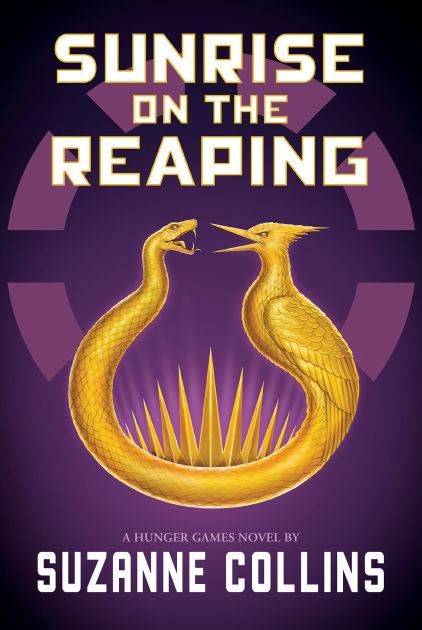Hook-up or courtship? The mid ground of traditional dating
April 22, 2017
We often hear today about the emergence of the hook-up culture. Conservatives disapprove of the promiscuity and lack of commitment caused by casual sex, and even some liberals fear that some hook-ups may cause men to forget about the importance of consent. From the other end of the spectrum has come the rise of courtship, a practice nearly exclusive to fundamentalist Christians and the Duggar family.
Most people are familiar with the concept of “hooking-up.” Such encounters are casual, focus on physical pleasure and may or may not lead to long-term commitment. As a whole, the entire modern dating scene has become less structured. There is no protocol for being asked out or how to make a relationship official.
Hooking up is the polar opposite of courtship, in which asking a girl out to dinner is hardly a smaller step than asking for her hand in marriage. To begin a courtship, the man must ask the woman’s father for his permission to romantically pursue his daughter, with marriage as the goal. Thus, courtships do not end in break-ups; instead, they are “called-off” in the same way as normal engagements. How much freedom the couple is given varies between communities, but generally every interaction takes place under the watchful eye of chaperones, and physical contact is limited to hand holding and side-hugs. Understandably, this makes it incredibly difficult to get to know a potential spouse, as well as any members of the opposite sex. Courtships are as high pressure as hookups are casual.
Thomas Umstattd Jr. used to be one of America’s foremost advocates for courtship. He spent years speaking and writing about the evils of dating and how courtship was Biblical and godly. But as he got older, he noticed that very few of his pro-courtship friends got married, and then those who did get married started filing for divorce. So Umstattd turned to his grandmother for advice. His grandparents had never thought courtship was a good idea, yet they and their friends had been married for decades. In talking to them, he discovered a whole other way of going about relationships that has been lost to the ages, and that is traditional dating.
The basic rule of traditional dating is very simple: never go out with the same person twice in a row. From the 1920s to the 1950s there was different terminology used to refer to a couple getting to know each other. Should a couple be “dating,” they were simply going out and doing fun things together, but they were seeing several other people. When a couple started dating in the modern sense of the term, they were “going steady,” and they would only see each other. Going steady usually came with some sort of symbol, such as the girl wearing the guy’s letterman jacket or specific way she styled her hair.
In his article “Why Courtship is Fundamentally Flawed,” Umstattd explained the rationale behind this approach.
“The lack of exclusivity helped the girls guard their hearts and kept the boys from feeling entitled to the girl,” he wrote. “How could a boy have a claim to her time, heart or body if she was going out with someone else later that week? [My grandmother] went on to explain that by the time she graduated from high school, she had gone out on dates with over 20 different guys. This meant that by the time she was 17 years old she knew which [boy] she wanted to marry. They got married and stayed married till my grandfather passed away half a century later.”
In our current culture we view women who date around as sluts and men as players, but removing the exclusivity from the earliest stage of a relationship eases the pressure while ensuring that young people get to know more of their peers and start to formulate what they’re looking for in a spouse. This also relies on the notion that sexual activity would be put off at least until a couple was going steady to avoid all the complications it brings to the table. Traditional dating gives just the right amount of structure to relationships without being puritanical and oppressive. I say, bring it back.








